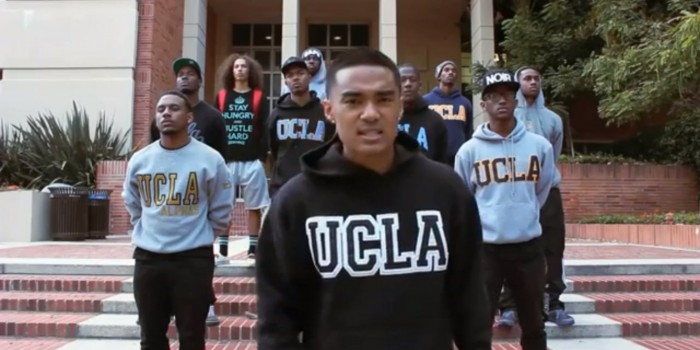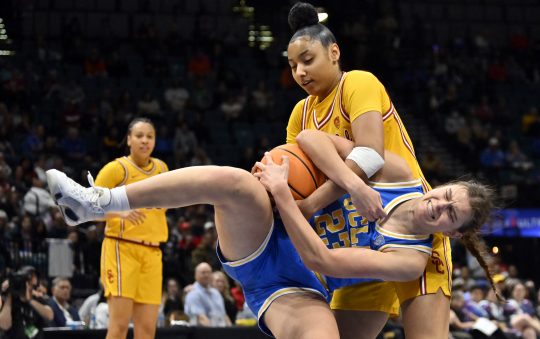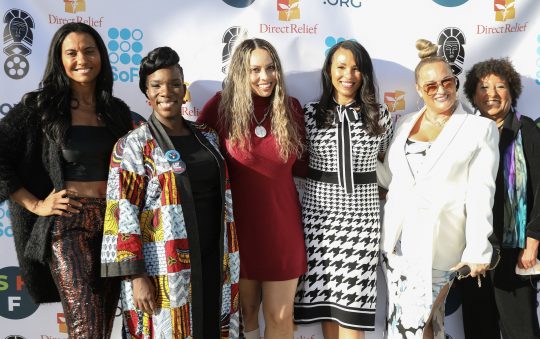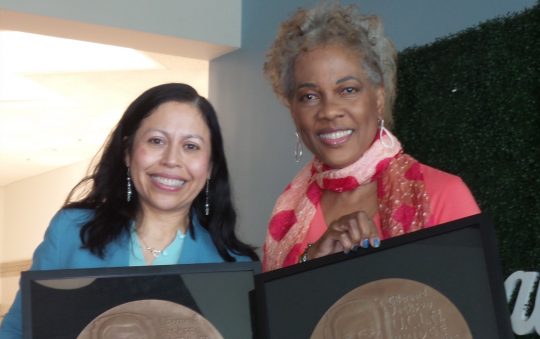
UCLA has offered admission to 16,027 prospective freshmen for the fall 2015 semester — representing 17.3 percent of applicants -along with 4,905 transfer students, the university announced July 2. The prospective freshmen include 9,351 California residents, 30 percent of whom come from low-income families and 31 percent of whom indicated that neither of their parents had graduated from a four-year college, according to UCLA. Non-California students who were offered admission come from all U.S. states and 84 other countries. The students offered admission were chosen from among 92,722 applicants, according to UCLA.
“Our applicant pool and admitted students are just amazing,” said Youlonda Copeland-Morgan, UCLA’s associate vice chancellor for enrollment management. “They are not only incredible scholars with great academic achievements, strong test scores and excellent grades, but they are wonderfully talented individuals with strong leadership skills and a commitment to community service.”
According to UCLA, 28.1 percent of the admitted freshmen are from “under-represented” groups, up from 27.3 percent last year. Among the in-state students, 42.3 percent are Asian-American, 24.3 percent are white, 22.4 percent are Latino and 4.8 percent are black, according to the university.






